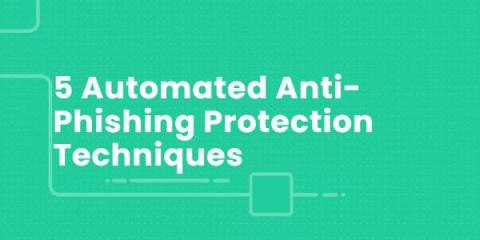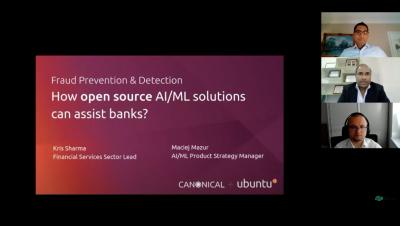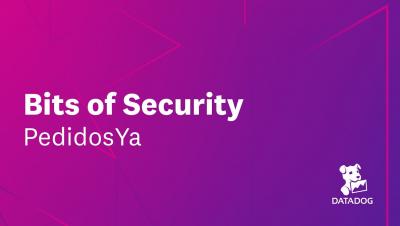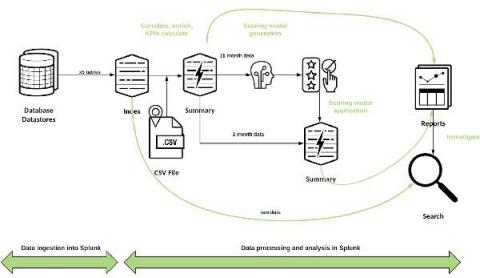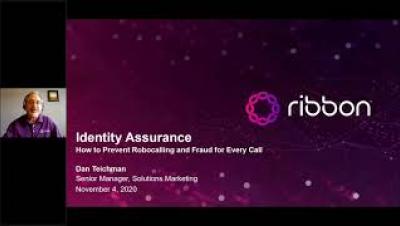Operations | Monitoring | ITSM | DevOps | Cloud
Fraud
5 Ways to Use Log Analytics and Telemetry Data for Fraud Prevention
Phishing and Identity Fraud Protection for Remote Teams
Fight the phish using Bubble Wrap
Bubble wrap®. That obsessively addictive plastic material, made up of hundreds of small air-filled bubbles we all love to squeeze. Although I tend to think of Bubble Wrap as the original fidget toy—melting away our anxieties with every satisfying pop—most people associate it with helping to protect their most precious collectibles when in transit or being placed in long-term storage.
5 Automated Anti-Phishing Protection Techniques
In an age when attackers create over a million phishing sites each month, and phishing serves as a beachhead for 95 percent of all attacks against enterprise networks, how can businesses respond? Part of the answer lies in educating users to recognize and report phishing, of course. But user education only goes so far – particularly because the same statistics cited above show that, on average, only 3 percent of users will report phishing emails.
Applied AI for fraud prevention and detection
Detect application abuse and fraud with Datadog
Protecting your applications from abuse of functionality requires understanding which application features and workflows may be misused as well as the ability to quickly identify potential threats to your services. This visibility is particularly critical in cases where an adversary finds and exploits a vulnerability—such as inadequate authentication controls—to commit fraud.
Bits of Security, PedidosYa: Fraud Detection using Datadog and Sherlock
Creating a Fraud Risk Scoring Model Leveraging Data Pipelines and Machine Learning with Splunk
According to the Association of Certified Fraud Examiners, the money lost by businesses to fraudsters amounts to over $3.5 trillion each year. The ACFE's 2016 Report to the Nations on Occupational Fraud and Abuse states that proactive data monitoring and analysis is among the most effective anti-fraud controls.






